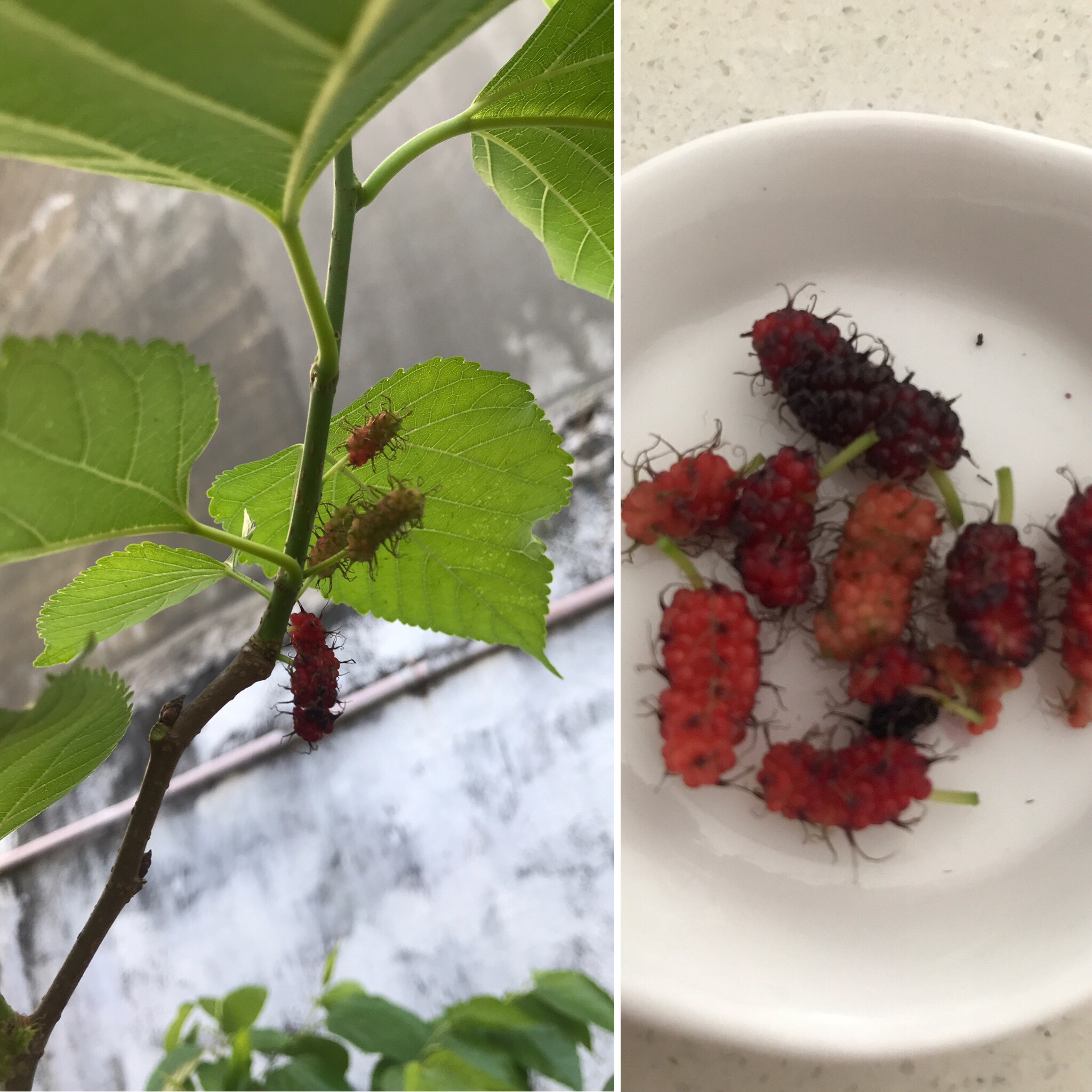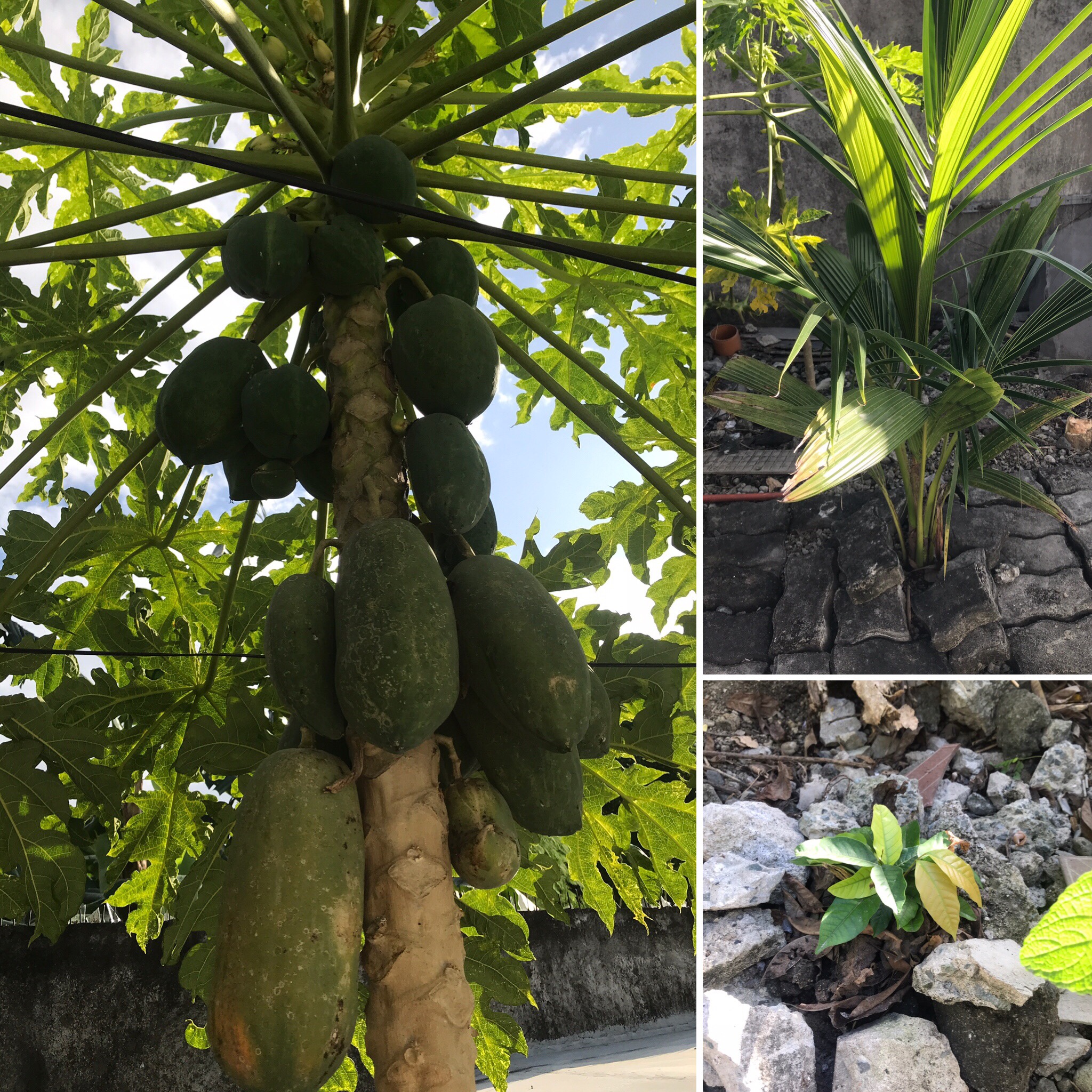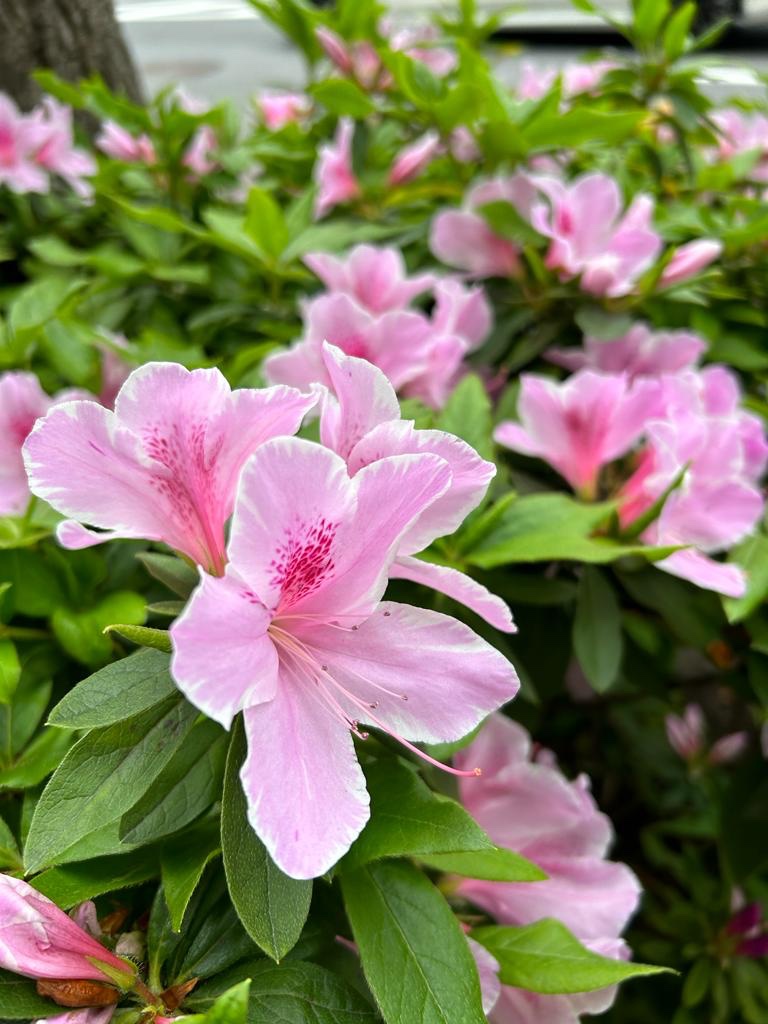Organic food is harder to come by as compared to the commercially mass-produced food options in the market – those that are most likely clad in chemicals. Eating out exposes most consumers to these mass produced products, and here in Metro Manila, if I look for a restaurant that uses organic or free-range ingredients, I’d have a lesser and more expensive options. I’m glad healthy options are now more widely available – but they’re somehow concentrated in the CBDs. So for instance, if I was at my hometown at the south, or at my folks’ in the north of Metro Manila, and I’d crave for something organic for lunch, I will have to drive or commute to get to the next city where I can dine in at a selected restaurants that serve organic food.
Sustainable living is a lifestyle where I reduce my carbon footprint and limit the wastage of the planet’s resources. I can do this through Reducing, Refusing, Reusing and Recycling. This year, I’m doing more of the Refusing than Recycling. It’s part of the change that I wanted to drive starting with myself. So part of Refusing means using my own resources, and buying only as a last resort. One of the things I can produce on my own is by planting vegetables and fruits in my own backyard. In doing so, I can put my compost soil to use, and at the same time, I know for sure what I harvest are indeed organic. For the crops we plant at our backyard, we do not use pesticides and chemicals.
Let me give you a tour of my backyard garden.
Mulberry

First stop is my mulberry tree. Its seedling was shared to me by our parish priest last year, and in a matter of a few weeks it already started yielding the mulberry fruit. Mulberries are small fruit colored pink or red. They are tart and sweet. I read about their nutritional benefits and interviewed sellers of mulberry tea from the Legazpi Sunday market and was advised they are considered superfood rich in antioxidants. They help prevent cancer and aid in digestion. For more information about mulberries, click here.
Papaya, Coconut and Rambutan

The papaya regularly produces fruit (or vegetable?) for us at home. The fuss-free, low maintenance tree quickly propagated from the papaya seeds that we planted. When it’s still green, we use this as an ingredient for tinola, a local dish. When ripened, the fruit turns yellow in color and we eat this for breakfast as it helps with digestion. On a hot day it’s also a good idea to make papaya shake. Yum!
I got the coconut tree from the plant nursery and have been waiting for months now for it to produce fruit. I’m fond of drinking coconut juice, and we mix the coconut meat with other fruits for salad. I dream that one day soon I can go to the backyard at any time and get a coconut fruit at my heart’s desire.
Lastly, the rambutan, is a seedling for now. Rambutan is similar to lychee in taste in my opinion. Its sweet fruit is filled with antioxidants, iron and vitamin C. I can’t wait for it to grow.
That’s it for now. Next week I’ll show you some plants in my mini pot garden and along the fence of the yard. Hope you enjoyed the first part of the tour. Til we meet again!

